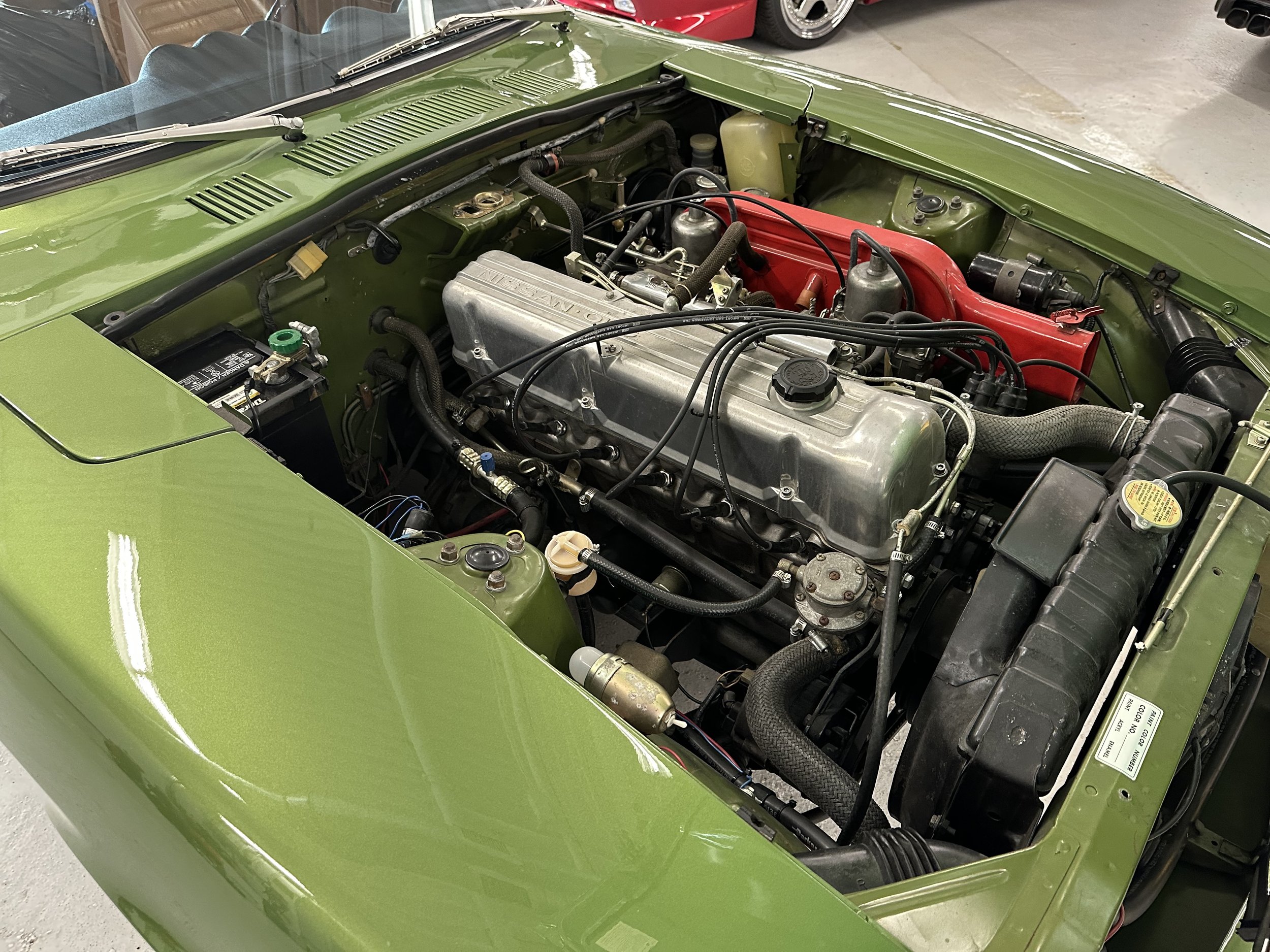1972 Datsun 240Z





America’s first popular Japanese sports car.
Proven to be a timeless design.
Its success paved the way for subsequent iterations of the Z-car lineage, including the iconic 280Z, 300ZX, and the modern-day 370Z.
Sold in Japan as the Nissan Fairlady Z, the S30 was designed by a team led by Yoshihiko Matsuo, the head of Nissan's Sports Car Styling Studio. Importation of the 1969 Datsun 240Z to America was facilitated by the efforts of Yutaka Katayama, often referred to as "Mr. K," who played a crucial role in shaping Datsun's success as the president of Nissan's U.S. operations. Katayama recognized the potential of the 240Z to resonate with American consumers and worked tirelessly to promote the car and establish a network of dealerships across the country.
The 240Z holds a revered place in American car culture, serving as a pivotal milestone that reshaped perceptions of Japanese automobiles and created a passion for the sports car among enthusiasts. Its significance extends far beyond its sleek design and impressive performance, encompassing broader cultural and historical contexts that continue to resonate today. The 240Z challenged entrenched notions of automotive excellence dominated by European manufacturers. Before its introduction, Japanese automakers were primarily associated with economy cars and compact sedans, lacking the prestige and performance credentials of their European and American counterparts.
This particular 240Z has survived in a remarkable state of preservation, very original right down to the hub caps! It has had a fresh coat of paint added at some point and has driven only 84,000 miles in its 52 years.
The interior of the 1972 Datsun 240Z was simple yet functional, with bucket seats for the driver and passenger, a three-spoke steering wheel, and a straightforward dashboard layout. Optional amenities include air conditioning and a radio.
The 240Z is praised for its timeless design, which combines elements of classic sports car styling with modern sensibilities. Its long hood, short deck, and sloping roofline gave it a sleek and aerodynamic profile, while its distinctive grille and four round headlights added to its visual appeal. Its success paved the way for subsequent iterations of the Z-car lineage, including the iconic 280Z, 300ZX, and the modern-day 370Z.
In an era when American roads were ruled by muscle cars and luxury sedans, the 240Z offered a compelling alternative that combined style, performance, and affordability. With its long hood, short deck, and flowing lines inspired by classic sports car design, the 240Z captured the imagination of drivers seeking sporty and exhilarating performance without sacrificing fuel economy, reliability, or breaking the bank.
Specifications
Engine: 2.4-liter inline-six engine, producing 151 horsepower and 146 lb-ft of torque.
Transmission: 4-speed manual gearbox, and a 3-speed automatic transmission was also available as an option.
Performance: 0 to 60 mph: 8 seconds. Top speed: 125 mph
Suspension: Independent suspension, front MacPherson struts, rear Chapman struts with coil springs and anti-roll bars at both ends.
Brakes: Front disc brakes and rear drum brakes.
Weight: 2,300 pounds

